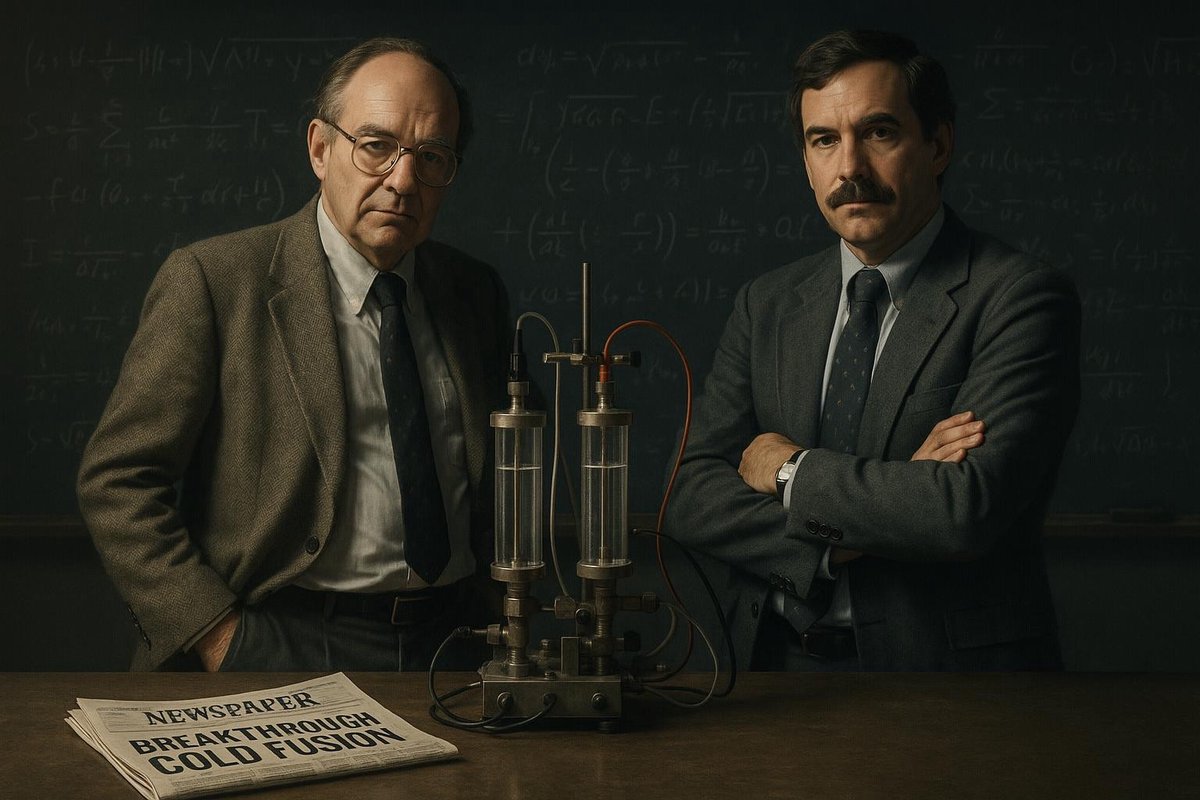
Introduction
There was a time when the scientific world buzzed with the promise of Cold Fusion. Announced with much fanfare in 1989, it tantalized with the prospect of limitless clean energy. Yet, as the years rolled by, Cold Fusion faded into the realm of pseudoscience — at least in mainstream scientific discourse. But why did this idea captivate so many, and what forces were at play behind the scenes? Let’s dissect the historical and political tapestry that shaped the Cold Fusion phenomenon.
The Initial Spark: Science Meets Sensation
Cold Fusion’s debut was nothing short of sensational. In March 1989, electrochemists Martin Fleischmann and Stanley Pons claimed to have achieved nuclear fusion at room temperature. The scientific community, thirsting for a breakthrough, was quick to latch onto this seemingly incredible discovery. Interestingly, the media played a crucial role in amplifying the hype.
- Media outlets passionately covered the news, often prioritizing spectacle over skepticism.
- The promise of a new energy source was irresistible, especially in an era fraught with energy crises.
- Public and private sectors showed immediate interest, fearing to miss out on a potential revolution.
As with many scientific endeavors, initial excitement can lead to hasty conclusions. The absence of peer reviews and reproducible results soon began to erode the foundation of Fleischmann and Pons’s claims. Much like the alchemists of old who promised gold from lead, Cold Fusion began to seem more myth than reality as scrutiny intensified.
Behind Closed Doors: Political and Economic Motivations
The Cold Fusion saga was not merely a scientific affair; it was deeply entangled with political and economic threads. The late 1980s were a period marked by geopolitical tensions and a pressing need for alternative energy solutions.
- Governments worldwide were eager to invest in what appeared to be a game-changing technology.
- Economic incentives drove companies and institutions to fund Cold Fusion research despite evident skepticism.
- National pride and the race for technological superiority fueled governmental backing.
These motivations were not entirely altruistic. Political and economic interests can sometimes overshadow scientific objectivity. Cold Fusion, despite its scientific flaws, served as a convenient pawn in a larger game, where the potential for energy independence and global leadership was at stake.
Scientific Scrutiny: The Fall from Grace
Despite the initial enthusiasm, the scientific method demands rigor, reproducibility, and transparency. As time went on, the Cold Fusion claims faced a barrage of scrutiny from the scientific community.
- Independent labs consistently failed to replicate Fleischmann and Pons’s experiments.
- Lack of theoretical explanation for the observed phenomena led to increased skepticism.
- Peer-reviewed journals were reluctant to publish without solid evidence.
The collapse of Cold Fusion’s credibility highlights the importance of maintaining scientific standards. It serves as a cautionary tale of how wishful thinking and external pressures can collide with the empirical rigor that science demands. Cold Fusion, ultimately, became synonymous with the pitfalls of over-enthusiasm and under-evidence.
The Lingering Impact: Lessons Learned
So, what can we take away from the Cold Fusion story? While it may have faded from serious scientific consideration, its legacy remains a topic worth pondering.
- It reminds us to balance optimism with skepticism, especially in scientific pursuits.
- The episode underscores the role of media in shaping scientific discourse.
- Cold Fusion serves as a historical lesson on the intersection of science, politics, and economics.
In the end, Cold Fusion remains a reminder that all scientific endeavors must withstand the test of rigorous scrutiny. While it didn’t live up to its promises, the dialogue it generated continues to inform how we approach scientific innovation today.
Conclusion
The story of Cold Fusion is one of human ambition, scientific hope, and the complex web of politics and economics. It serves as a fascinating case study of how enthusiasm can sometimes eclipse evidence. As we look back, we should remain vigilant about separating hopeful visions from grounded realities, ensuring that future scientific avenues are explored with both excitement and caution.
Fuel Someone Else’s Curiosity
If this dive into Cold Fusion’s past intrigued you, why not share it with a friend or colleague? Engaging with history and science through a critical lens can spark enlightening conversations. Share this article on your favorite social platform and invite others to join the dialogue. Every share fuels someone else’s curiosity!

Leave a Reply